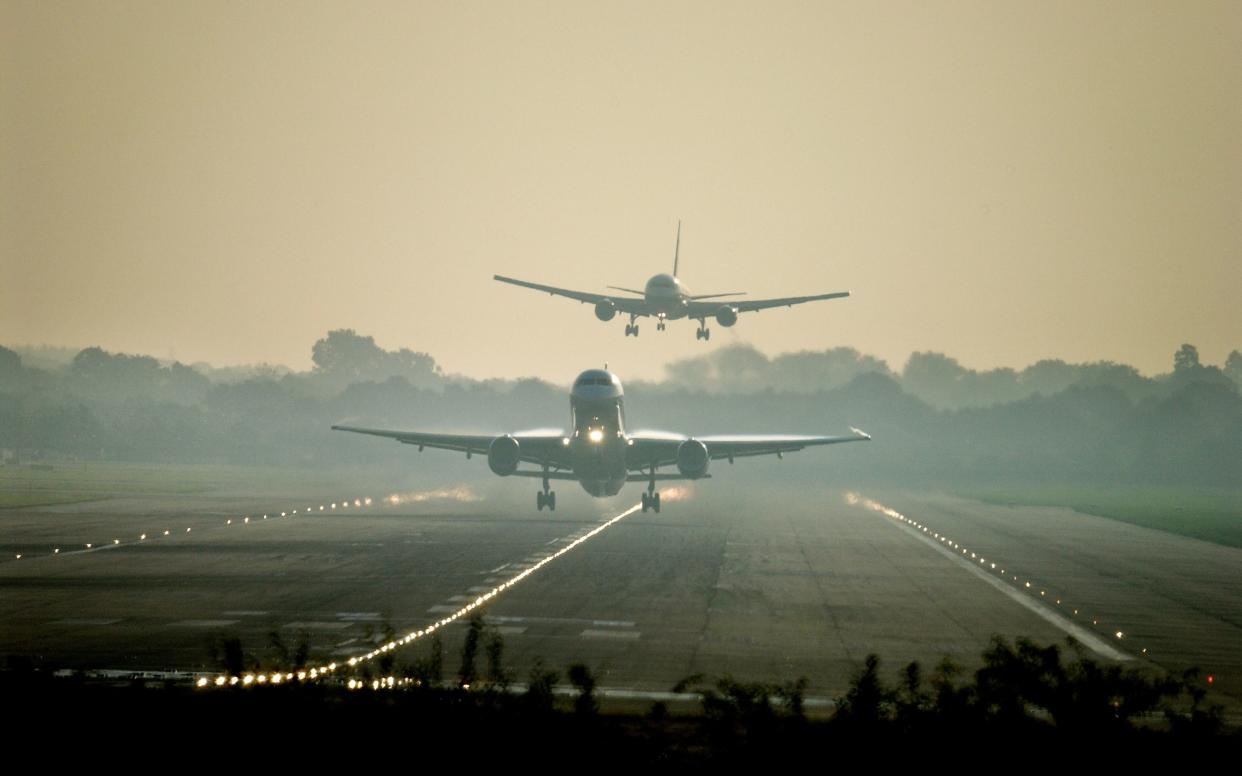Gatwick 'signage' blamed as airliner takes off with dangerously little runway left

Pilots have blamed “bad signage” at Gatwick Airport after nearly running out of runway while taking off.
A report by the Air Accident Investigation Branch found the mistake in March could have caused a potentially disastrous “overrun” after the Boeing 787-9 began its take-off 417 metres beyond the proper starting point.
The Buenos Aires-bound jet carrying 270 people left the ground with only 600 metres of runway to spare.
The Norwegian Airlines aircraft was one of five which failed to start its take-off from the right location at Gatwick's standby runway between September 2017 and March this year.
The report noted: “After departure both pilots commented that there was not much runway remaining at lift-off.”
The report added: "The crew did not identify the beginning of the runway and taxied forward to the landing threshold before beginning their take-off.
"This decreased the take-off distance available and meant that the aircraft did not meet regulated performance requirements for its actual take-off weight.
"The distance available for the take-off would have been insufficient had an aircraft engine failed and had the crew decided to stop."
The repeated problems on the standby runway follow a proposal by Gatwick bosses to bring it into routine use for departures as part of a plan to increase the airport’s capacity.
Gatwick said it had agreed to make it easier for pilots to find the beginning of the runway, particularly at night.
A review undertaken of the markings by the airport revealed they were not EASA (European Aviation Safety Agency) compliant.
Remedial work was planned for September earlier this year which would increase the number of arrows painted on the centreline.
Had the aircraft suffered an engine failure at the critical “V1” speed, an attempt to abort the take-off could have resulted in an overrun, the report concluded.
Analysis by the carrier indicated that the aircraft was 12 tonnes too heavy for the available distance.
Putting the standby runway into routine use could result in more than 84,000 extra flights per year, analysts believe.
The 8,400-foot emergency runway runs parallel to the 10,800-foot main runway and is currently used as a taxiway or as an alternative when the primary runway is undergoing maintenance.
It is thought that putting the standby runway into routine use could increase Gatwick’s passenger capacity by 20 to 30 per cent, allowing for more than 200 additional flights per day from as early as 2023.
The Communities Against Gatwick Noise Emissions has complained that the plan would worsen noise pollution for nearby residents.
However, it has also warned that the standby runway is too close to the main runway for safety.

 Yahoo News
Yahoo News 
